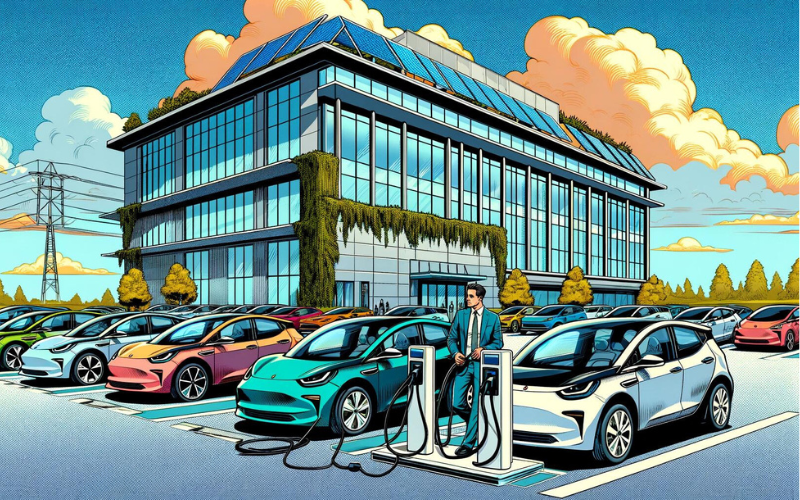The shift towards sustainability has placed electric vehicles (EVs) at the forefront of corporate strategy, not just as eco-friendly choices but as savvy business decisions. With the FBT year concluding on 31 March, understanding how to navigate the Electric Vehicle FBT Exemption becomes crucial for businesses. The government’s introduction of this concession in late 2022 has sparked significant interest. Let’s embark on this journey together, pinpointing the ATO’s areas of interest and smoothly navigating these challenges.
Understanding the Electric Vehicle FBT Exemption
The transformative move in 2022 opened up new pathways for companies to integrate electric vehicles into their fleets without incurring the standard 47% FBT on private use. Here’s what you need to consider:
- Stay Below the Luxury Car Tax Threshold: The car’s purchase price must fall below the LCT threshold, which is $89,332 for the 2023-24 financial year, to qualify.
- Initiate First Use and Ownership Post-July 2022: Vehicles must first come into use and ownership starting from 1 July 2022 to be eligible.
Remember, from 31 March 2025, plug-in hybrid electric vehicles will no longer qualify for the exemption unless specific pre-existing conditions are met.
Electric Vehicle FBT Exemption: The Critical Touchpoints
Eligibility: Who Can Benefit?
Employers specifically provide these exemptions for their employees to encourage greener transport options within corporate settings. However, the exemption does not extend to partners or sole traders within a partnership context.
Luxury Car Tax Limits and FBT Eligibility
A vehicle exceeding the LCT limit at its initial purchase immediately disqualifies from the FBT exemption. The vehicle’s market entry and initial use determine its exemption eligibility.
Home Charging Stations: Outside the Exemption Umbrella
The exemption covers vehicle-associated costs like insurance and maintenance but excludes home charging installations. These installations count as separate fringe benefits, highlighting the need for careful benefits planning.
Navigating Electricity Costs for FBT Reporting
You must report the fringe benefit’s value, including the vehicle’s electricity costs, even with the exemption. Employing the ATO’s shortcut method can potentially be applied to calculate reportable fringe benefit amounts and applies a rate of 4.20 cents per kilometre. Alternatively, a detailed tracking approach can aid in compliance.
Beyond Direct Purchases: Structuring for Compliance
When employees directly purchase or lease vehicles and receive reimbursement from the employer, these transactions fall outside the exemption’s scope. This highlights the need for meticulous planning and structuring to ensure benefits compliance.
Ensuring a Smooth Ride: Avoid Common FBT Pitfalls
Neglecting FBT registration or misunderstanding the nuances between work-related travel and commuting can lead businesses into challenges. A clear understanding and strategic approach are essential.
Driving Towards Sustainability: Partner With Us
Embracing the Electric Vehicle FBT Exemption marks an exciting step towards a greener corporate footprint. Our expertise is here to light the way, ensuring your business not only meets the ATO’s guidelines but also maximises the benefits of this exemption.
If you’re ready to electrify your fleet and tackle the intricacies of the Electric Vehicle FBT Exemption, our team is eager to assist. Let’s propel your business forward with sustainable solutions that make a difference.
Discover the official FBT rates and exemptions on the Australian Tax Office website.

